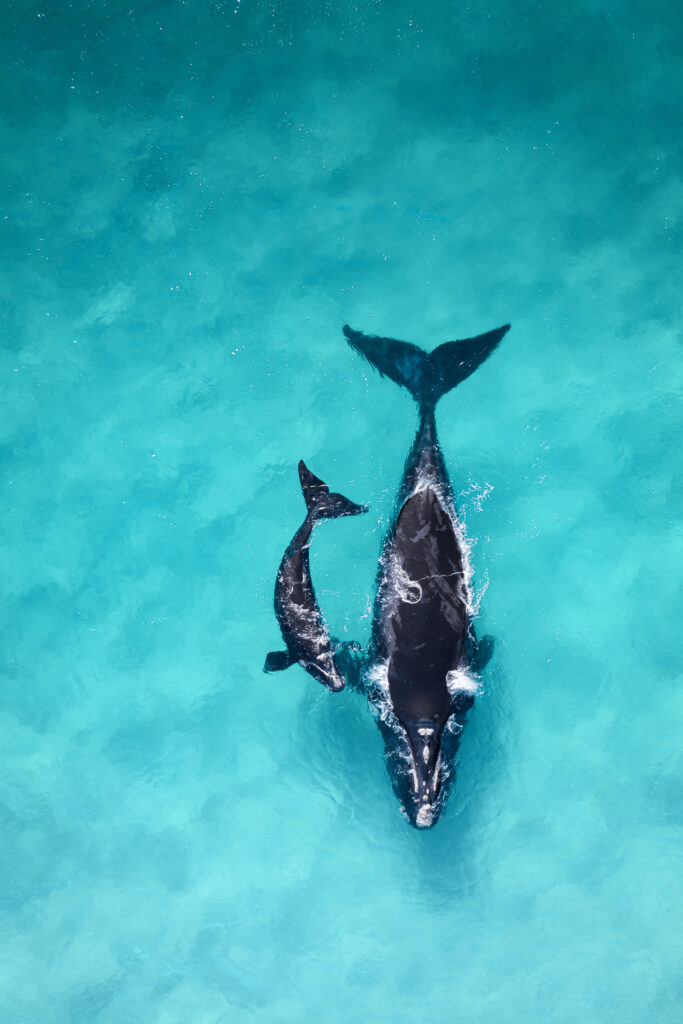The first-ever State of the World’s Migratory Species report has been launched by the Convention on the Conservation of Migratory Species of Wild Animals (CMS), a UN biodiversity treaty, at the opening of a major UN wildlife conservation conference (CMS COP14). The landmark report reveals:
- Nearly all (97 per cent) of CMS-listed fish are threatened with extinction.
- While some migratory species listed under CMS are improving, nearly half (44 per cent) are showing population declines.
- More than one-in-five (22 per cent) of CMS-listed species are threatened with extinction.
- The extinction risk is growing for migratory species globally, including those not listed under CMS.
- The two greatest threats to both CMS-listed and all migratory species are overexploitation and habitat loss due to human activity.
- Climate change, pollution and invasive species are also having profound impacts on migratory species.
- Globally, 399 migratory species that are threatened or near threatened with extinction are not currently listed under CMS.
Until now, no such comprehensive assessment on migratory species has been carried out. The report provides a global overview of the conservation status and population trends of migratory animals, combined with the latest information on their main threats and successful actions to save them.
Billions of animals make migratory journeys each year on land, in the oceans and in the skies, crossing national boundaries and continents, with some travelling thousands of miles across the globe to feed and breed.

Mother and calf Southern Right Whale in shallow water of Cape Naturaliste, Western Australia |
Photo: Lewis Burnett / Ocean Image Bank
Ocean life under extreme threat
Over the past 30 years, 70 CMS-listed migratory species – including the steppe eagle, Egyptian vulture and the wild camel – have become more endangered. This contrasts with just 14 listed species that now have an improved conservation status – these include blue and humpback whales, the white-tailed sea eagle and the black-faced spoonbill.
Most worryingly, nearly all CMS-listed species of fish – including migratory sharks, rays and sturgeons – are facing a high risk of extinction, with their populations declining by 90 per cent since the 1970s.
The two greatest threats to both CMS-listed and all migratory species were confirmed as overexploitation – which includes unsustainable hunting, overfishing and the capture of non-target animals such as in fisheries – and habitat loss, degradation and fragmentation – from activities such as agriculture and the expansion of transport and energy infrastructure.
Positive news and recommendations
While underscoring the concerning situation of many species, the report also shows that population and species-wide recoveries are possible and highlights instances of successful policy change and positive action, from local to international. Examples include coordinated local action that has seen illegal bird netting reduced by 91 per cent in Cyprus, and hugely successful integrated conservation and restoration work in Kazakhstan, which has brought the Saiga Antelope back from the brink of extinction.
The State of the World’s Migratory Species report issues a clear wake-up call, and provides a set of priority recommendations for action, which include:
- Strengthen and expand efforts to tackle illegal and unsustainable taking of migratory species, as well as incidental capture of non-target species,
- Increase actions to identify, protect, connect and effectively manage important sites for migratory species,
- Urgently address those species in most danger of extinction, including nearly all CMS-listed fish species,
- Scale up efforts to tackle climate change, as well as light, noise, chemical and plastic pollution, and,
- Consider expanding CMS listings to include more at-risk migratory species in need of national and international attention.
The full report, State of the World’s Migratory Species, can be found here.